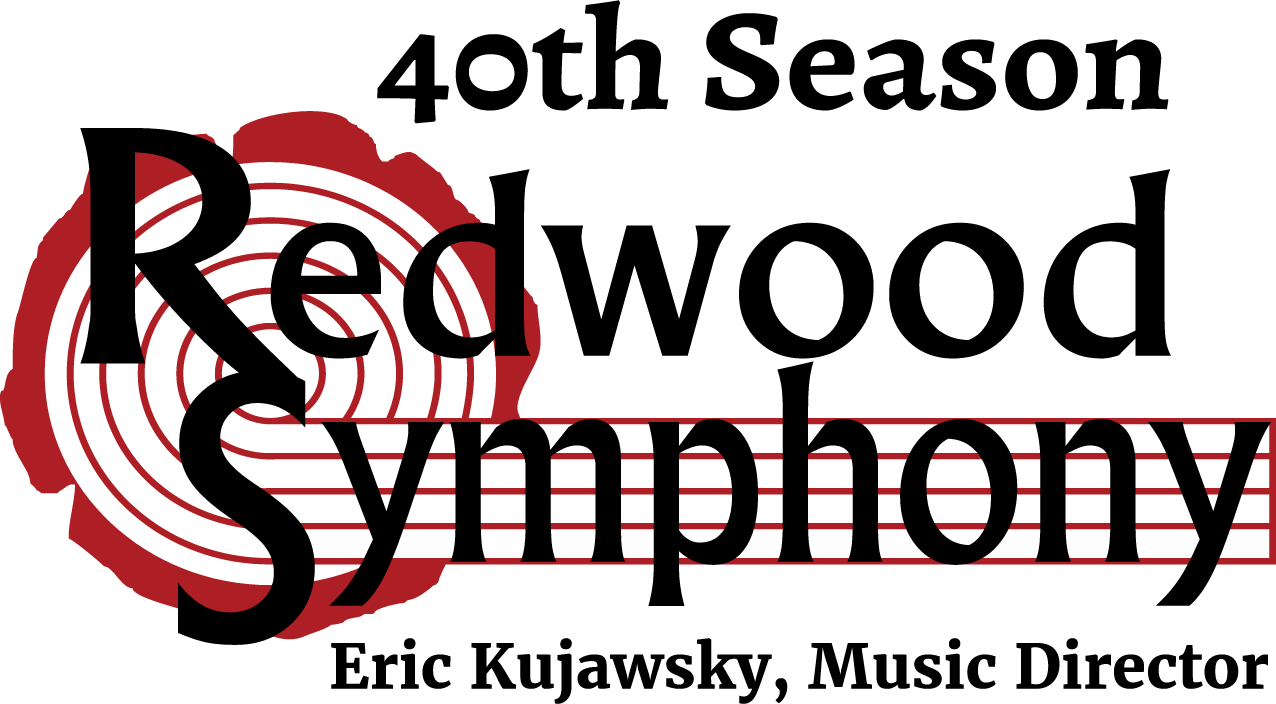John Corigliano
The Red Violin (Chaconne for Violin and Orchestra)
“It is the job of the composer to reach out to the audience with every means at his disposal,” says composer John Corigliano. Named after his father, who was concertmaster of the New York Philharmonic for 25 years, Corigliano studied composition at Columbia University and the Manhattan School of Music. After working as music programmer and director at a number of classical radio stations in New York, the composer launched his career by winning the top prize for his Sonata for Violin and Piano (1963) at the 1964 Festival of Two Worlds in Spoleto, Italy. Corigliano’s classical compositions include five concerti; his Symphony No. 1 (1990), dedicated to the memory of many musician friends who died from AIDS, and Symphony No. 2, which won the Pulitzer Prize in 2001; a Grammy-winning string quartet (1995); and the opera The Ghosts of Versailles (1991). His score for Ken Russell’s movie Altered States (1980) was nominated for an Academy Award, and he finally took home the Oscar for his score for The Red Violin (1997).
His work on the The Red Violin led to the creation of the Chaconne for Violin and Orchestra. The movie depicts the “lifetime” of a violin and its various owners, following it from its creation in 17th century Cremona, Italy, across the centuries and the world to Vienna, Oxford, Shanghai, and Montreal. Only at the movie’s end do we learn how the violin’s creation is tied to the tragically short life of the violin maker’s wife, who died as the violin was being crafted.
Although movie scores are typically begun only after most of the film has been shot, Corigliano had to write several violin themes before filming began, because the actors had to mimic playing the violin during the movie. After completing these, Corigliano took director François Girard up on his suggestion to create a work for orchestral performance based on themes from the movie. Corigliano chose to write a chaconne, a baroque form that was originally a dance in slow triple time with a repeating bass figure. As he explains, “a story this episodic needed to be tied together with a single musical idea … I composed a singable theme, hummed by the violin master’s wife Anna, which mutates into a solo violin melody. Underpinning this is an inexorable seven-chord chaconne, evoking the Tarot and the fate it signals.” Corigliano completed the piece in 1997, and it was premiered that year by the San Francisco Symphony with guest conductor Robert Spano and violinist Joshua Bell, who played the violin solos for the movie score as well. The piece met with immediate success, and in 2003 the composer expanded the work into a full violin sonata, dedicated to his father. Writing the Chaconne, Corigliano said, gave him “an opportunity to strip away any inhibitions and write a passionate and romantic essay that I probably would not have written had it not been accompanying a film.”
And passionate it is. The work opens with quiet chords played by the soloist against a whirl of notes from the orchestra — an aleatoric progression, in which each player is given a set of notes to play within a certain set of measures, but the moment at which the notes begin is up to each individual musician. A pair of bassoons enter, followed by low brass, intoning the ominous pattern of chords that form the chaconne’s “ground.” The piece slowly grows in emotional intensity, with soloist and orchestra continuing to alternate in stating Anna’s theme and the chord progression of the chaconne. “I was trying to be very careful in this piece so that, while the orchestra was full of fire, it never covered the violin,” Corigliano writes. The work is filled with virtuosic episodes for the soloist that, says the composer, “follow the instrument from country to country, century to century.” The emotional peaks are fiery indeed, and lead, as the composer intended, to a sense of inexorable fate as the work draws to its explosive end.
